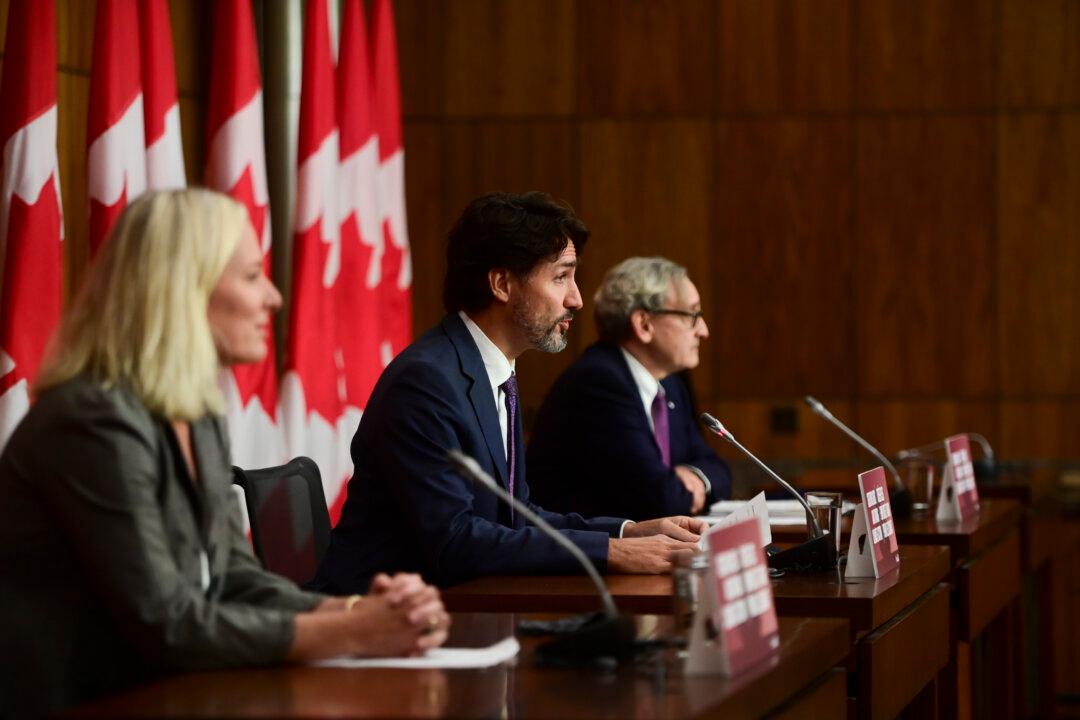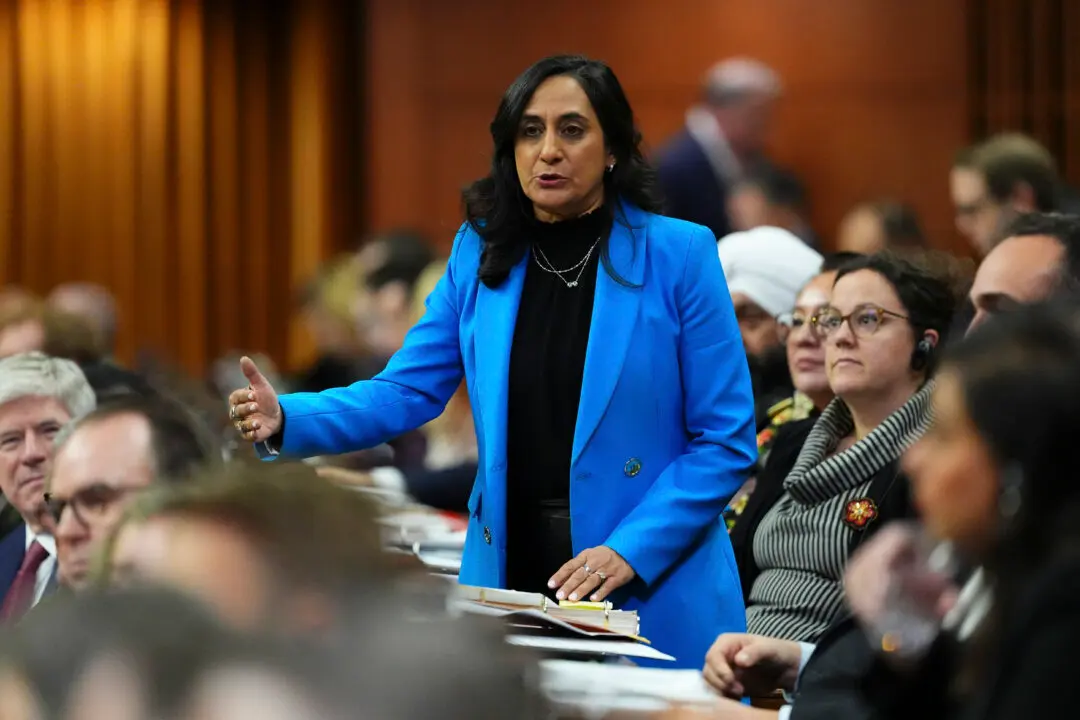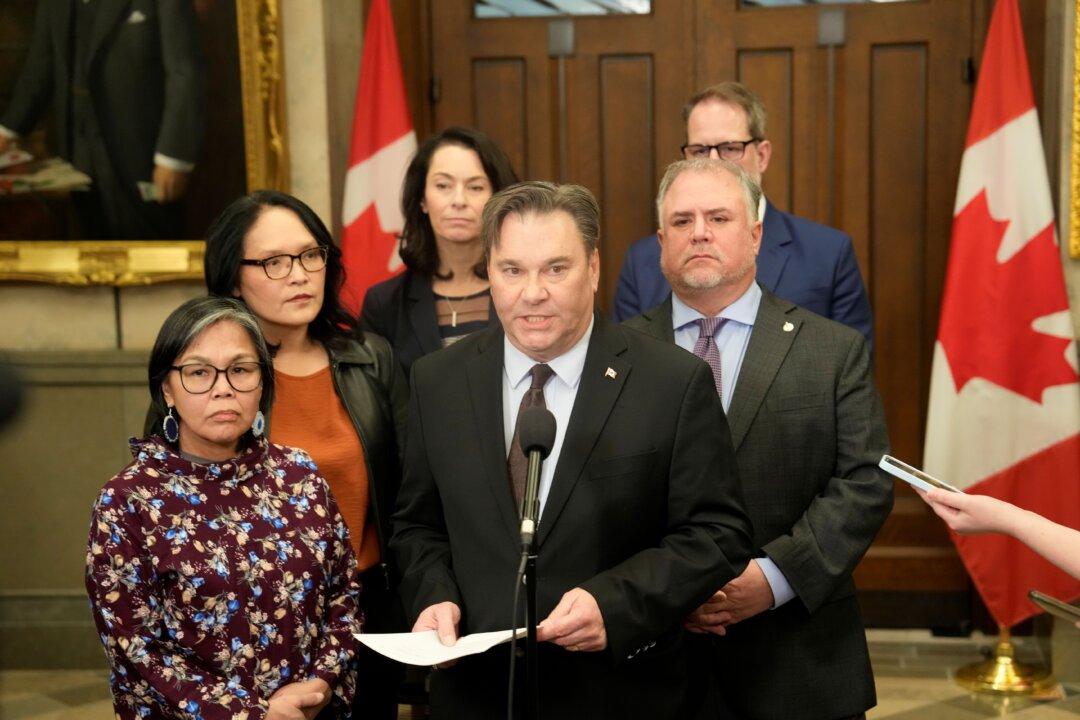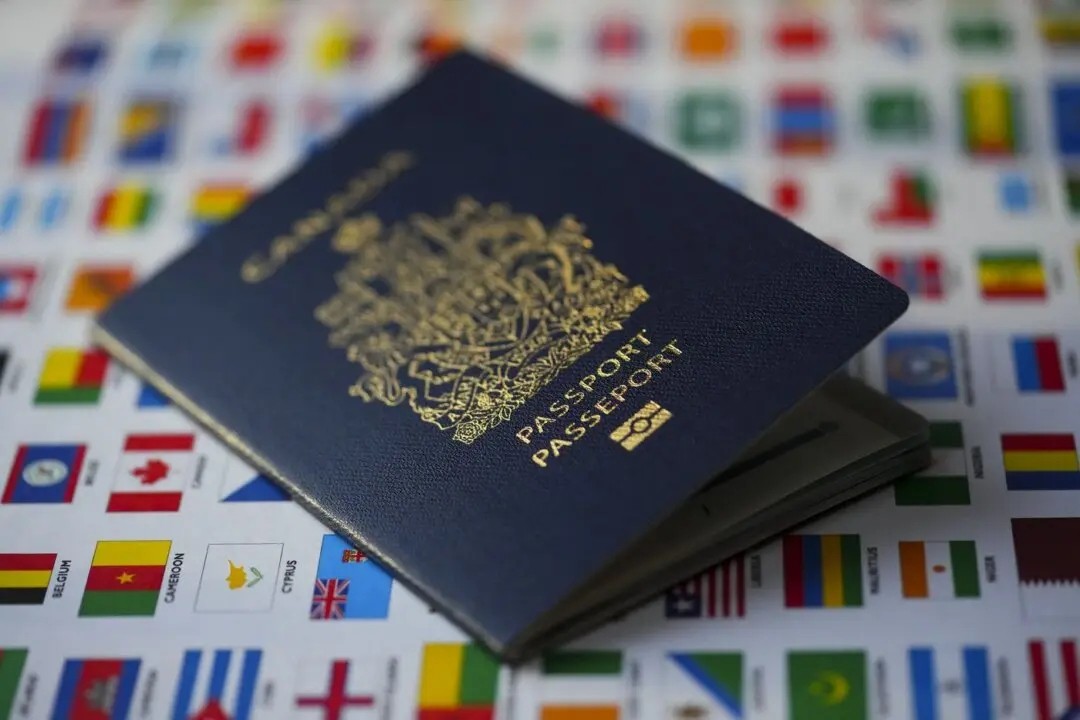Prime Minister Justin Trudeau has announced $10 billion in infrastructure spending in such areas as clean energy, broadband, and agriculture that he says will create 60,000 jobs and boost the economy.
Trudeau announced the three-year Canada Infrastructure Bank plan at a press conference on Thursday along with Infrastructure Minister Catherine McKenna and Michael Sabia, who was appointed chair of the bank’s board in April.





